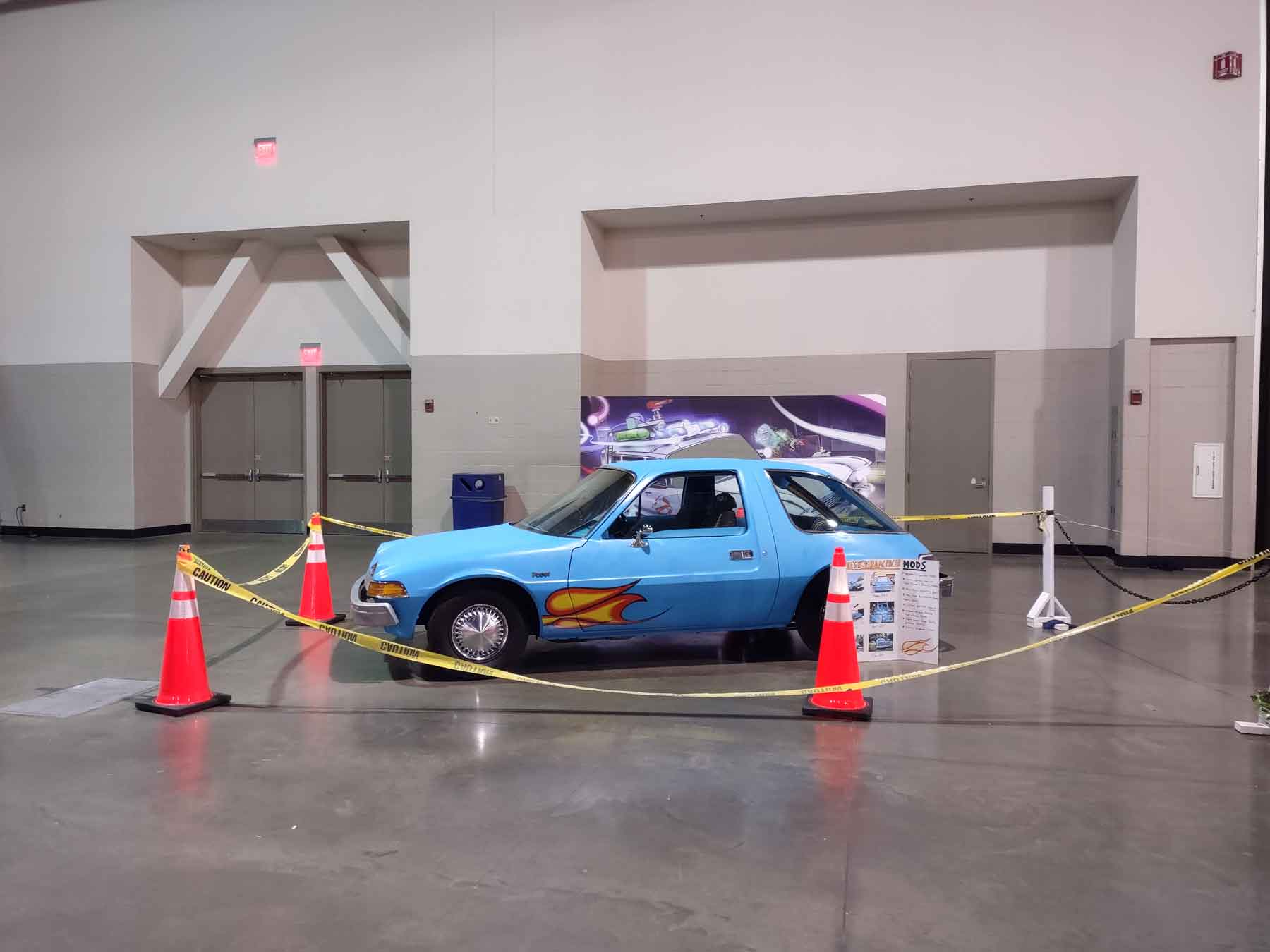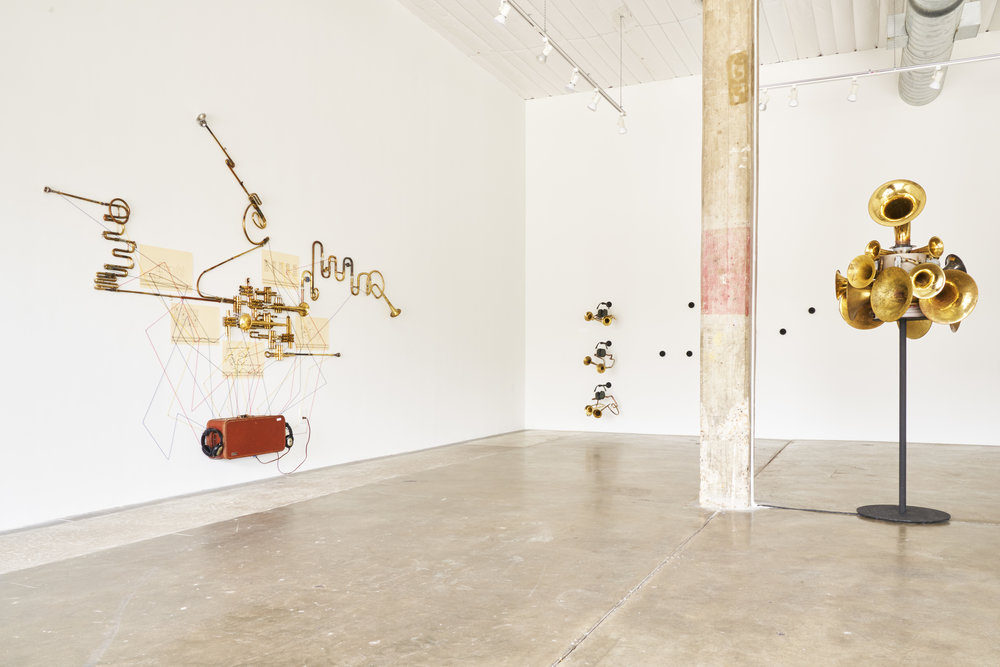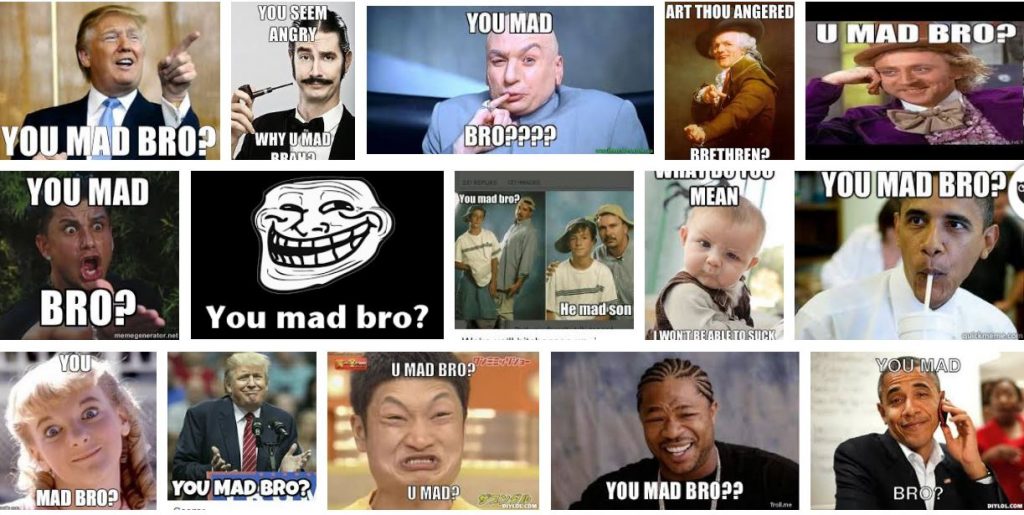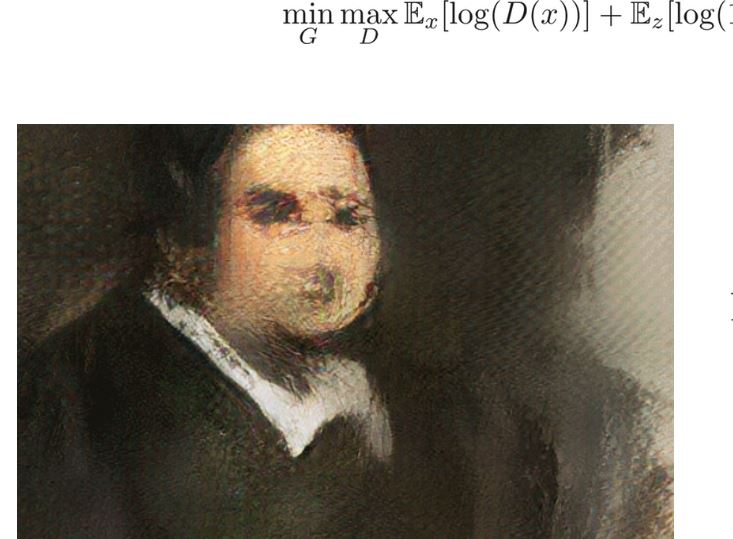
A personal question that I ruminate on quite often (and is probably the reason for this site) is what is the future of art? I’m specifically talking about the fine art part – painting and drawing.
Currently, I don’t have a comfortable answer. There’s probably going to be some sort of evolution involved. I’ve seen such an evolution happen in the design world. I’m not sure it’s fully complete yet but what the results look like so far isn’t as exciting as I’d like it to be.
With that ominous and probably depressing intro, I’d like to present something that gives me quite a bit of hope. Tom Whitwell has used an e-paper display to show a movie over a period of a month. While that’s cool all by itself, I think the technique could be a really interesting platform for fine art projects.
Art could now exist in a changing state – a sort of evolution. Or maybe life-cycle. It becomes even more intriguing when you think of the possibilities in just those two descriptions. I think a commentator on the page (that also explains how to do it) called it ‘living art’ – that’s also an interesting way to think of its potential, as if it continues to play forever.
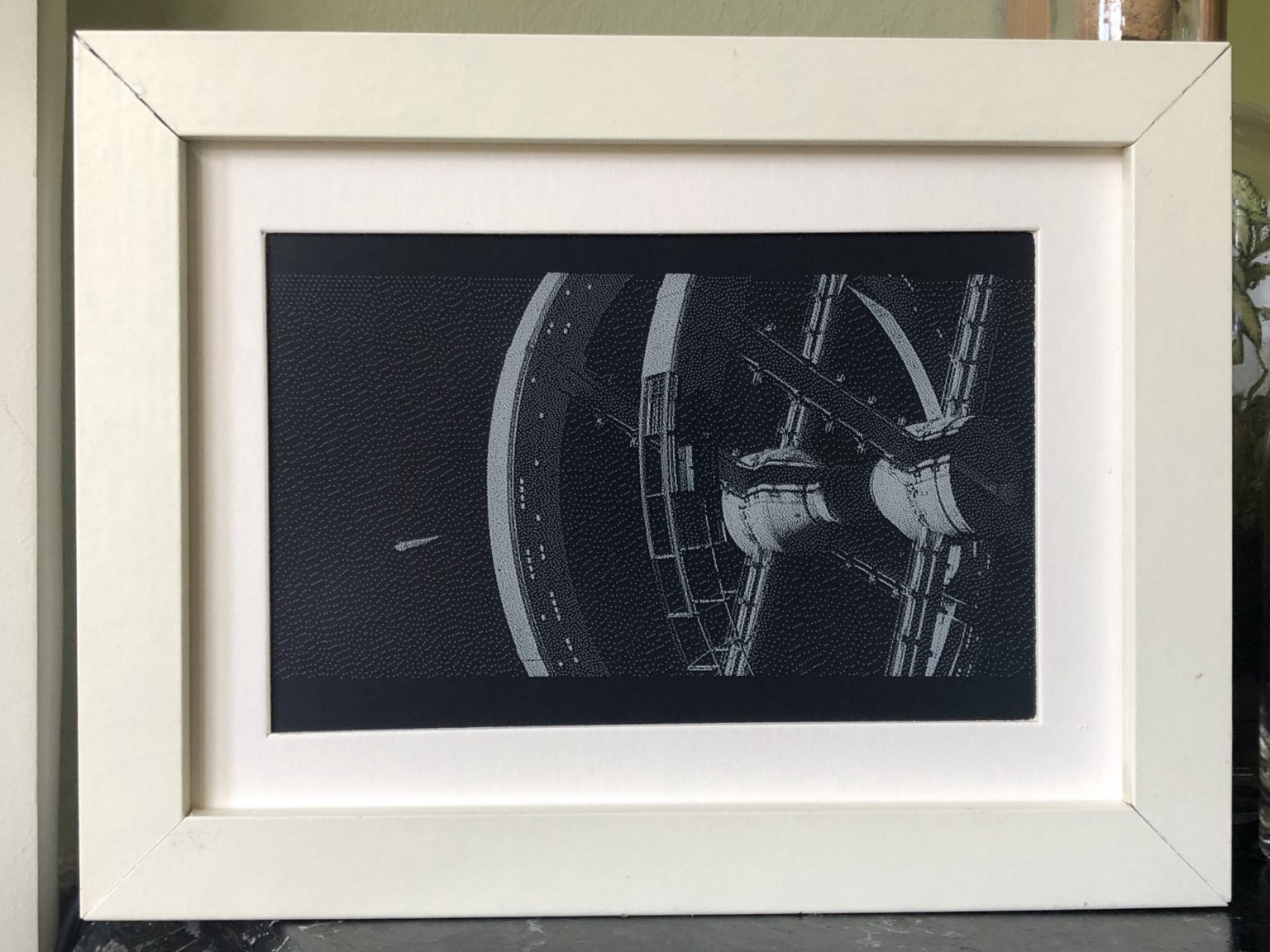
The important part to consider is the speed at which the image changes. Or lack of speed. It’s certainly not a movie. It’s not 12-30fps. by any means. The slow changes in image means each key frame is considered much more than in any sort of video. I’d figure that the artist could also utilize frame rate as a tool.
That means an artist can spend the time on each frame as one would with a conventional 2D art piece. That’s the aspect that gives me a bit of hope and a potential answer to my previously mentioned ruminations.
